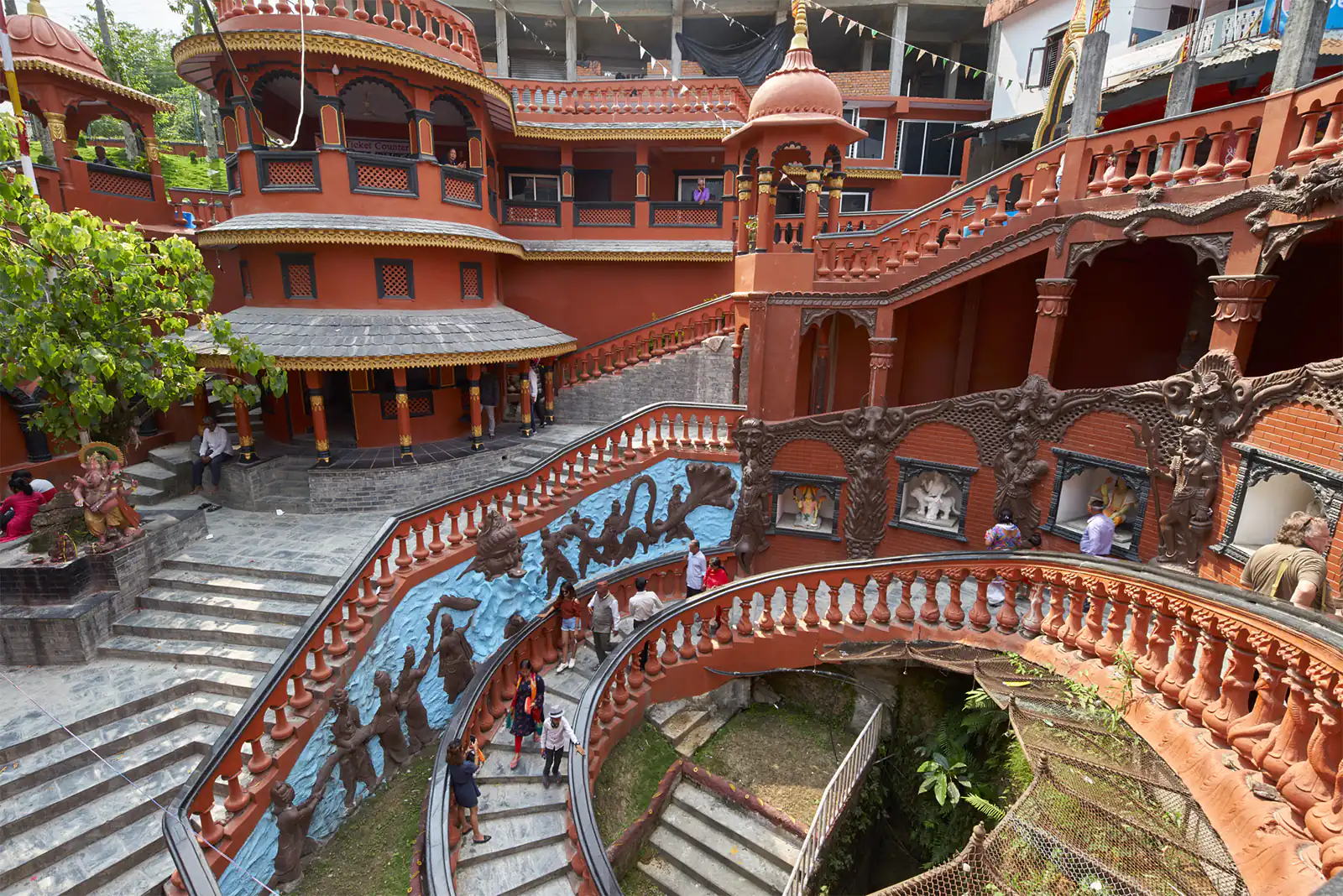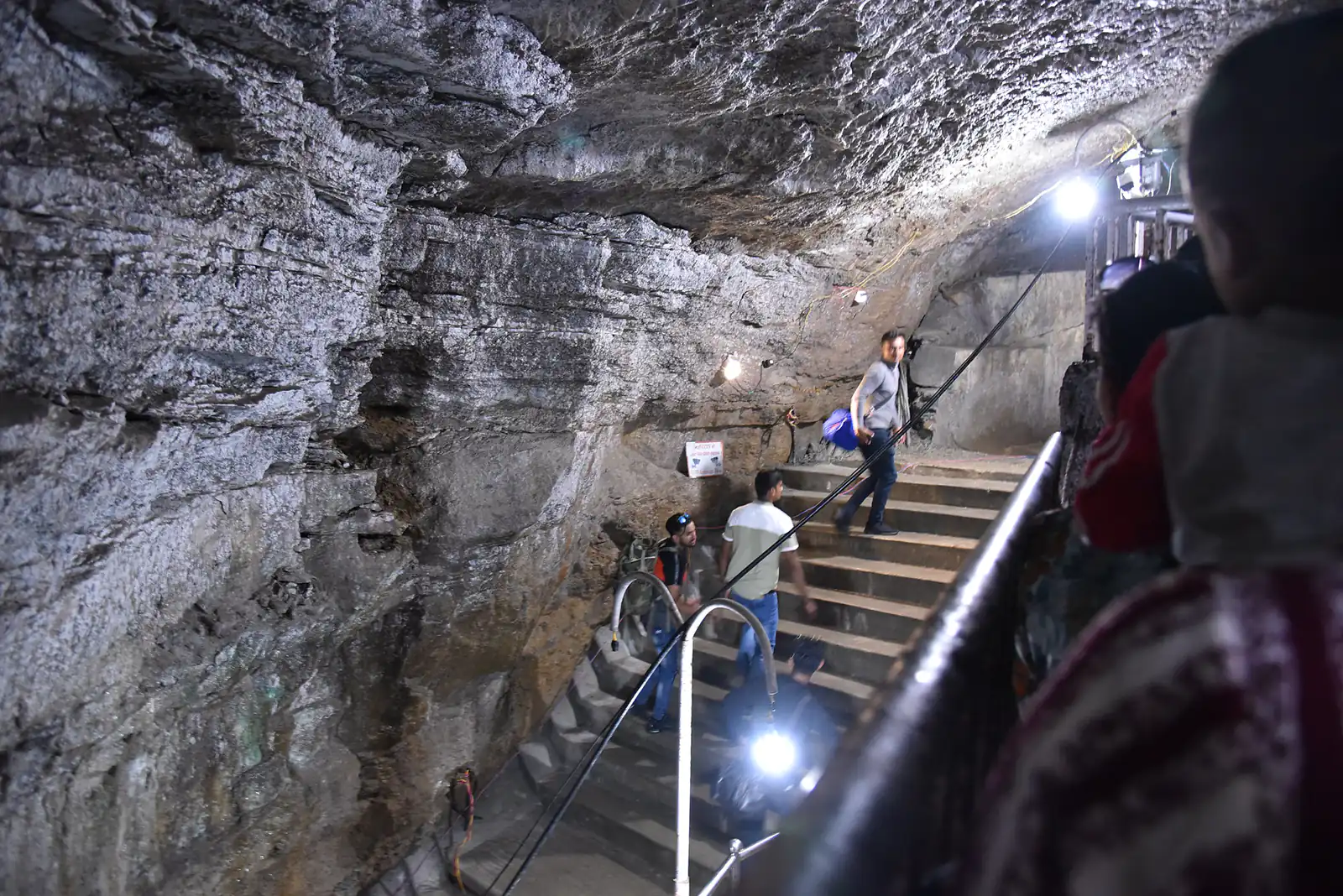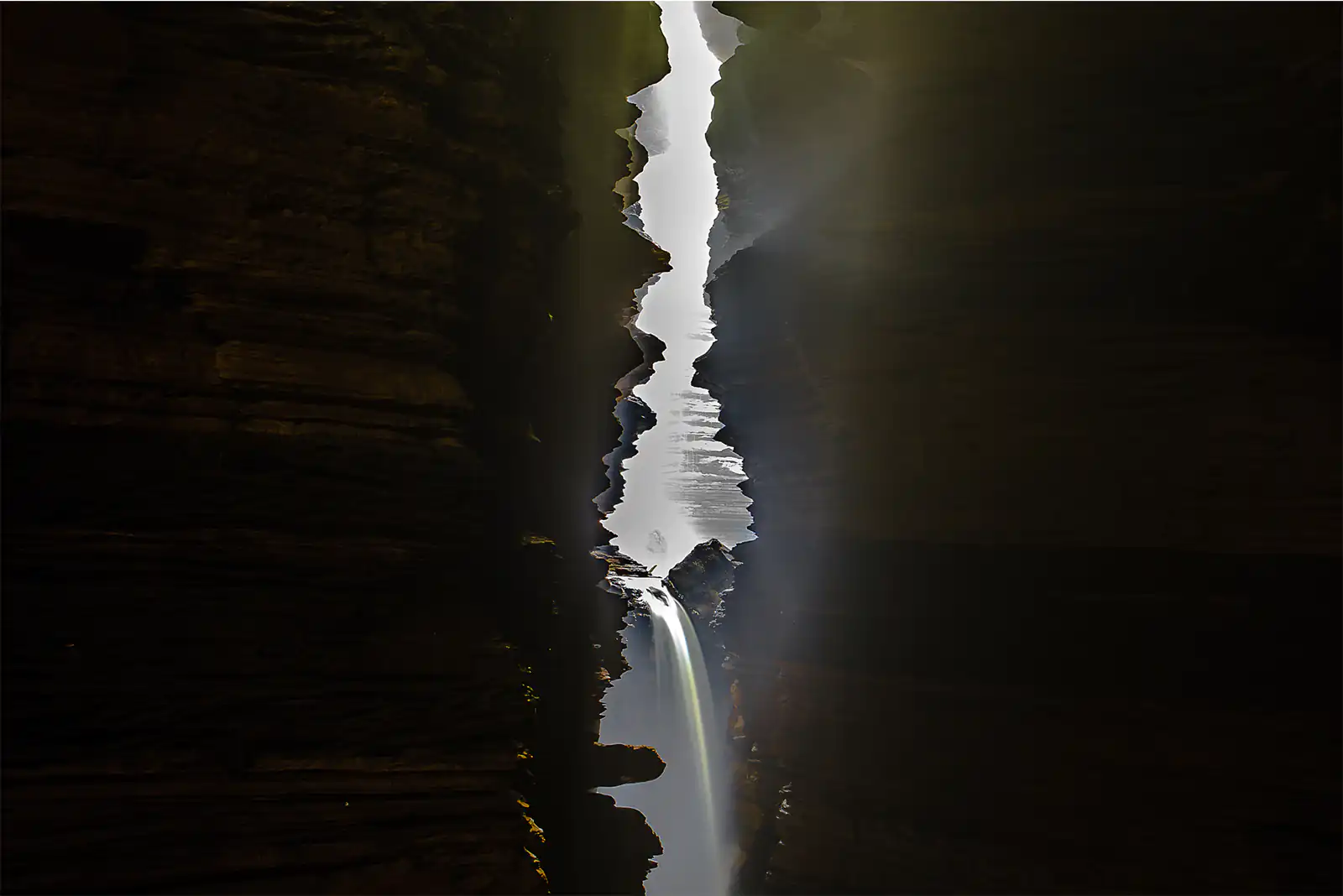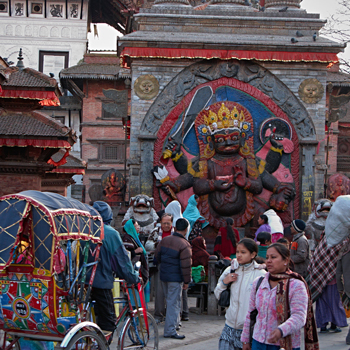Gupteshwor Cave: an Underground Cave worth seeing
- Saturday December 31, 2022
- 0
Gupteshwor Mahadev Cave is the longest cave in Nepal and perhaps the most attractive and mysterious in all of South Asia. It is located in a convenient tourist spot in the Chhorepatan area, on the northwest coast of the Kali Gandaki River of the Gandaki zone, in the Kaski area. A narrow passage in the Gupteshwor cave interconnects the chain of large and small caves.
It is believed that the Gupteshwor cave is one of the most ancient in Southeast Asia; its age is more than 5000 years.
The Gupteshwor cave holds particular religious importance for Hindu devotees as lord Shiva has a naturally formed and erected lingam. Mahashivaratri, Chaite Dashain, and Balachaturdashi are some of the auspicious days when a crowd of devotees gathers in the temple. It is not just a cave but a truly sacred place for many Nepalese and worshipers of the God Shiva.

Why is the cave called Gupteshwor Mahadev Cave, and what is its legend?
Gupteshwor Mahadev means Hidden God in Nepalese. Only in 1991, the cave came into existence after five youths accidentally discovered the cave hiding behind the dense bush while swimming in the Kali Gandaki River. Ratna Bahadur Karki, Dal Bahadur Rana, Sarvajeet Joshi, Balabhadra Giri, and Rup Narayan Shrestha were the youths who unearthed the cave. They found the phallic symbol of Shiva, the lingam, inside the cave. Around 1943, it got the name Gupteshwor.
The cave is named Gupteshwor, with the belief that the deity lived in disguise during the Satya Yuga. The goddess Parvati did severe austerities to get Mahadev as her husband. In Nepali, it is also known as Bhalu Dulo (Bear Den). The main gate of the cave was recently completed in 1991.
The cave is located 772 meters below sea level. A comfortable spiral staircase leads to its bowels, along which there are idols and images of Shiva, Parvati, Ganesha, and other gods. Hindus can honor their gods in a specially designated area in the cave itself.
Moving away from the entrance to the cave at 100 meters, you can observe luminous limestone rocks, bizarre formations, and, through a narrow longitudinal opening, Davis Falls of fantastic beauty.
The cave is one of the main attractions of Pokhara and all of Nepal. Good organization for visiting has made it an important religious and tourist center and an object of increased interest for speleologists. Speleologists have studied only a small part of it, so it gives hope for the title of the longest cave in the world.
Although it is advised to bring your flashlight to explore the cave, the administration has provided suitable lighting. Gupteshwor Mahadev Cave is historically significant. Pilgrims worship Lord Shiva here, where photography is strictly prohibited.

How to get to Gupteshwor Cave in Pokhara?
By bike: You need to get to Birauta Chowk and turn right there; after about 1.3 km on the left side of the main road, you will find the Gupteswhor cave.
By taxi: From Lakeside, the round-trip will cost about NPR 700 but remember to specify the waiting time in advance, so there are no unpleasant surprises later.
By bus: First, from Lakeside, you need to get to the Birauta Chowk bus station; the fare is about NPR 30. There, change bus directly to Gupteshwor Mahadev Cave. The fare is 25-30 rupees. It would help if you had buses that move southwest on Siddhartha Highway.
You must pay NPR 100 for the barcode ticket to enter the cave.
Why should you visit the Gupteshwor Cave?
Lord Shiva is worshiped in this cave, and many visitors gather here during festivals like Chaite Dashain, Balachaturdashi, and Mahashivratri. You can find structures made from rare minerals and elements by wandering underground. All caves around the world always look mysterious, but Gupteshwor Mahadev Cave is extraordinary because it also has a religious background.
It is believed that visiting the cave will fulfill the desire for freedom from suffering; the childless couple is blessed with their offspring and provides rescue in disaster. Although it is a concept to promote the cave from a religious point of view, it seems appropriate to open it for scientific study.
Accommodation is not a problem here, as Kushma Bazar has comfortable hotels, lodges, and restaurants.
The peaceful atmosphere of the cave soothes one’s senses and allows one to reflect for a while. It is an excellent place to spend some quiet time amidst the usual hustle and bustle of the city.
Best time to visit Gupteshwor Mahadev Cave
Gupteshwor Cave is open to the public all year round. The cave’s climate does not depend on external weather conditions, so the temperature inside is always equally comfortable, around 8-10 °C.
The busiest season is summer. Many have holidays and vacations during this period, so if you prefer to avoid the crowd, choose other months.
On the other hand, Nepal is a beautiful country, and you will undoubtedly want to see its other attractions. It is most convenient to do this in the warm season, which means that the best time to visit is late spring (March to late June) or early autumn (September to November). The weather is already ideal for traveling around Nepal.

Attractions
Cosmic, supernatural shapes made of stones inside the cave tempt the mind. The naturally formed sculptures are the figures of Shiva, Parvati, Vishnu, Lakshmi, Saraswati, Sheshnag, Sumeru Parvat, Bhagwati Bahan, Kalash, Kamdhenu, Garuda Devta, Govardhan Parvat, Krishna Leela deities. Seeing many such forms of God, even an atheist forgets his atheism.
There are also small and big temples like Radhakrishna Temple, Bhajan Mandap, Sattal with a two-storied slope, and Mahavir Temple on the hill. The cave is home to hundreds of bats.
On the descent, there are many images of scenes from the ancient Indian epic Mahabharata. Drill columns adorn various kinds of snakes.
There’s also a mechanical cow, and it’s shed in the cave. The cow is called Kamdhenu, which is made of fiber.
The main attraction of the cave is Devi’s fall, known as Patalo Chhanga in Nepali, which means an underground waterfall as it falls and disappears into the Gupteshwor cave. As these both attractions are very near to Pokhara City, you can schedule a trip during the Annapurna Base Camp Trek and Annapurna Circuit Trek.
It is excellent and humid in the cave itself, and it is delightful after the exhausting closeness of the city. The tourist part of the cave ends with an impressive gap glowing from the sun and Devi’s fall. From the bottom of the cave, it looks much more spectacular.






